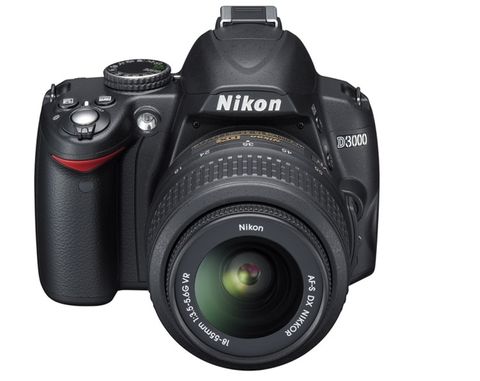Why you can trust TechRadar
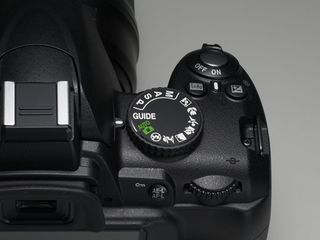
As mentioned earlier, if you're looking for a cutting-edge SLR with HD video recording and Live View, this is clearly not the camera for you.
It's very much aimed at helping D-SLR novices make the transition from compacts, so it's on this basis that we'll review it. As a beginner's SLR, the D3000 is very convincing.
It's just the right size, being compact enough to take on a family outing, but not so downsized that people with big hands will struggle to use it. Build quality is very good and the 18-55mm kit lens feels sturdier and better made than the Canon equivalent.
Guide mode
Let's look at the camera's big selling point, the GUIDE option, in more detail. The first option, Shoot, is divided into three categories, Easy Operation, Advanced Operation and Timers and Remote Control.

Easy Operation contains all the most basic 'point and click' modes, before moving on to more challenging tasks like Distant Subject, Close-Ups, Portraits, Landscapes and, er, Sleeping Faces (remember Nikon is a Japanese company so it'd be letting the side down if there wasn't some cloying cuteness somewhere. At least it isn't Sleeping Puppies!)
For each of these options, a brief explanatory panel pops up, before giving you the option to start shooting. When you feel a bit more confident, you can select a second tab, 'More Settings' to adjust flash and other parameters.
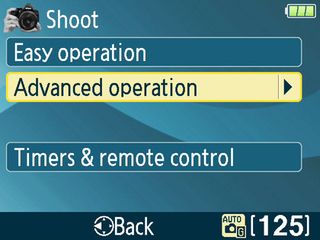
So we think Nikon has struck the right balance here. Impatient novices can quickly get the results they are after by going straight to 'Start Shooting,' but you can then fine-tune the settings, if required.
And of course, beginners are getting all the advantage of shooting with a D-SLR, namely superior lenses and image-processing technology.
So that's Easy Operation; Advanced Operation goes a bit further. If you want to blur the background on a portrait while keeping the subject sharp, for example, you simply select 'Soften backgrounds' and read the explanation.
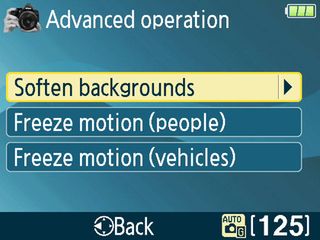
You're then given the chance to widen the camera's aperture to achieve this effect, before finally being invited to take the shot. Now, cynics might argue that in the time it's taken somebody to work through all these screens, they could have simply gone to A (Aperture Priority) mode, dialled in a wider aperture themselves and taken the shot – a five second job.
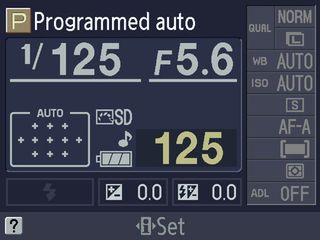
Therein lies one of the contradictions of this camera, and here's another disadvantage to Nikon's approach. It might not be immediately obvious to an impatient newcomer that you control the width of the aperture (and thereby the depth of field of an image) via the A mode on the top dial.
This will be a problem for anyone upgrading to another, less beginner friendly SLR. Maybe a diagram of the top dial would help here? To be fair to Nikon, though, trying to explain everything to a beginner is nigh impossible, and the 'Guide' mode is a very well thought-through solution.
Current page: Nikon D3000: User-friendly interface
Prev Page Nikon D3000: Overview Next Page Nikon D3000: Features
NYT Strands today — hints, answers and spangram for Monday, April 15 (game #43)

I'm off to France this summer, and this app could make me très fluent

Intel unveils flurry of new Arc GPUs — however serious graphics users will have to wait for more powerful models, as these focus on a completely different and more lucrative market
